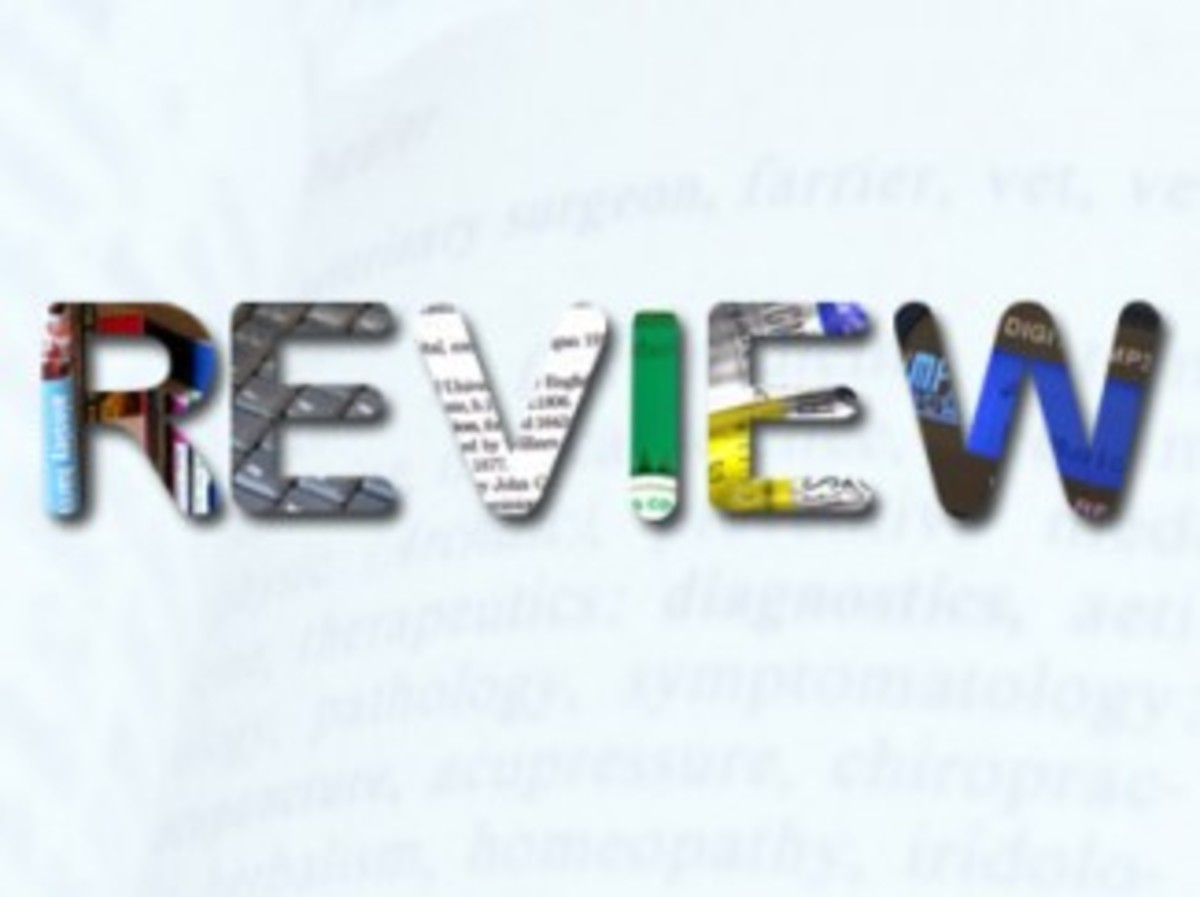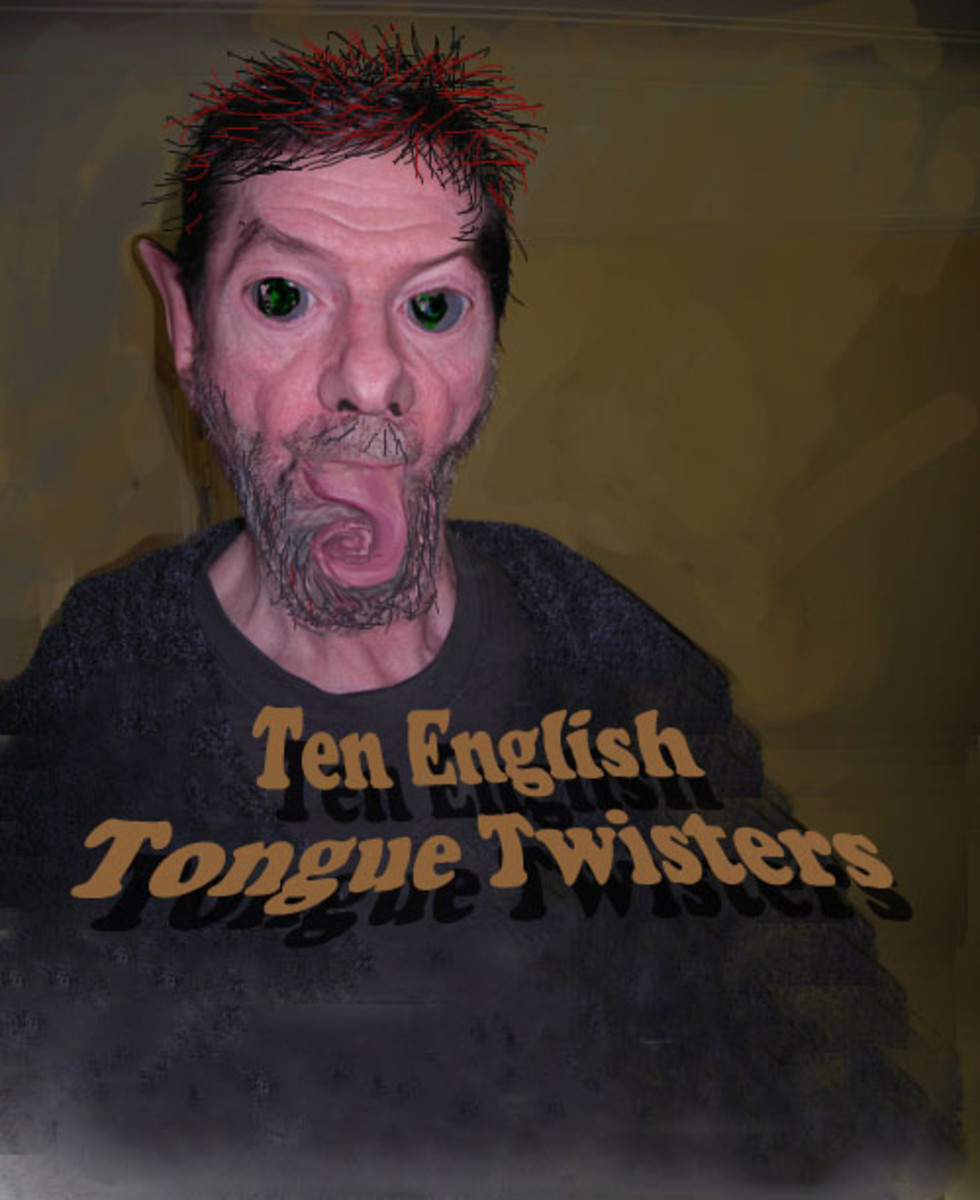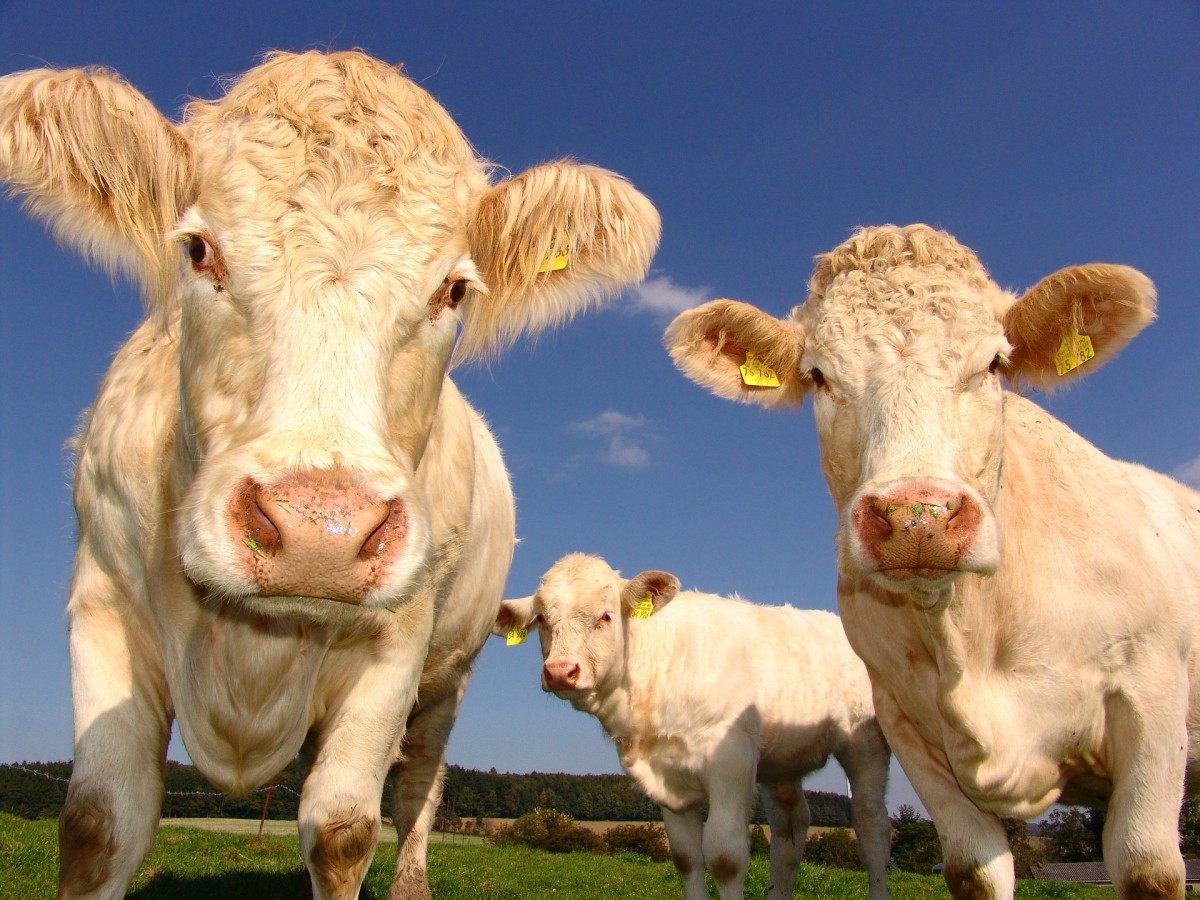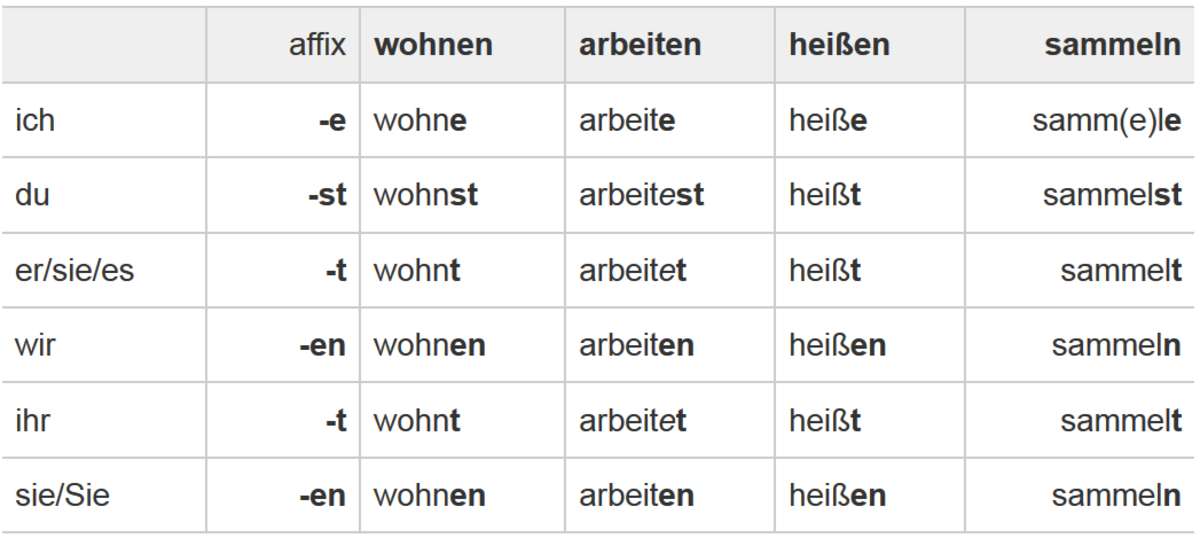The German Language: A Pronunciation Guide for Diphthongs and Grouped Consonants
The German Language and Diphthongs (What are they?)
When learning a foreign language that uses the Latin alphabet, as opposed to, for example, the Arabic alphabet, the first obstacle to get over is learning the pronunciation of the alphabet so that you can begin to put words together. Once you learn the pronunciations for the letters f, r, and ü, you can learn the definition of the German word für, or “for” in English. In reality, learning the pronunciation of each letter of the German alphabet is only the first part of the first step.
Consider this: in English, you learned that the letter ‘t’ is pronounced as you would in the words tool, top, or torn. Now think about the letter ‘h’. ‘H’ is a breathy, though still somewhat distinct sound, pronounced as you would in hot, hard, or hold. Knowing this, why would putting ‘t’ and ‘h’ together create the distinct and separate sound we use every day in words like theme, that, and the? The word for this is category of pronunciation is a “diphthong.” A diphthong is a group of vowels in a row that can create a unique sound. Normally, diphthongs apply only to vowels, but for our purposes it will apply to groups of consonants as well. German is full of these grouped letters that, once learned, will help immensely in pronouncing German words, so that Tier, the German word for animal, becomes simple to say. Here is a guide for grouped vowels and consonants that will assist you in beginning to learn German, beginning with the vowels, or true diphthongs:
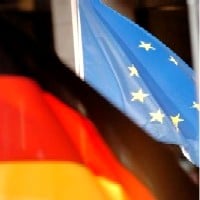
German Language - Diphthongs ai, au, and äu
The first diphthong that we will encounter is ‘ai’. This is a not a very common occurrence in the German language, and, thankfully, it is not that difficult to pronounce. When you come into contact with a German word that has the diphthong ‘ai’ in it, you will pronounce the two letters together as you would say ‘eye’ in English. This is not the only German diphthong that makes that sound, but that will come only if a few sentences. For now, worry about recognizing ‘ai’ and how it is pronounced, but don’t expect to run into it a lot.
The second group of vowels that create a unique and distinct sound is ‘au.’ When you run into this diphthong, it is fairly easy to remember for those who speak English. The way that you would go about pronouncing it is using the ‘ow’ as in ‘cow’ sound in English any time you see ‘au.’ Consider the German word Kau, which is the word for “Chewing” in the vein of “chewing gum,” or Kaugummi. When you run into Kau, which has the ‘au’ at the end of it, it is pronounced just like the English word “cow,” making Kau the easiest word to remember when remembering this diphthong.
The third diphthong presented is also one that isn’t overly common in the German language, but it is very helpful to know because it would be difficult to pronounce when just trying to sound out the letters. The diphthong ‘äu’ makes the same sound as the ‘oy’ in the word “boy” (or you could always think of it like the British-English interjection ‘Oi!’). Consider one of the German words for building, Gebäude (which in itself is a tricky word to remember because the article that goes with this word is neuter when the ending of the word would normally dictate that it is feminine). When “Americanized,” the pronunciation for Gebäude would sound something close to “geh-boy-duh,” whereas looking at the combination of ‘au’ or ‘äu’ might dictate a different sound if you weren’t familiar with the diphthong.
The German Language and Diphthongs ei, eu, and ie
The fourth diphthong will be easy to remember, because the sound that it makes the same sound as a diphthong that has already been presented. The diphthong ‘ei’ is the same as the sound for ‘ai,’ making it more easy to remember because the ‘i’ comes after another vowel, whether it is ‘a’ or ‘e’. In fact, it is very important to remember that ‘ei’ makes the same ‘eye’ sound not just because it is a fairly common occurrence in the German language, but because of the pronunciation when the vowels are switched, which will come around later. When you are dealing with the letters ‘e’ and ‘i’ together, you always pronounce the second vowel as you would in English. Reiterating this point, when you come into contact with ‘ei’ you pronounce the ‘i’ as you would in English because it is the second of the paired vowels ‘e’ and ‘i’.
The diphthong ‘eu’ makes the same sound as the diphthong ‘äu,’ where it makes that audible “oy” as in “boy” sound. This diphthong is more common than ‘äu,’ as seen in the German word teuer, which is ‘expensive’ in English. When pronouncing the German word for expensive, it comes to sound somewhat like “toy-er.” As you may begin to see, many diphthongs have the same pronunciation, making it somewhat easier to learn them. The final diphthong was already somewhat talked about in this article – ‘ie.’ Just as ‘ei’ uses the ‘eye’ sound because ‘i’ is the second letter (when considering the vowels e and i together only), the diphthong ‘ie’ uses the English sound for the letter ‘e’ (the long e, not the short one) as its pronunciation. Considering the German word Sie, the word for ‘they,’ ‘she,’ and ‘you’ (when speaking to someone formally), you would pronounce it as an American would pronounce the letter ‘Z,’ or “zee.’ This concludes the true diphthongs, and we will now hear about the grouped consonants.
Paired Consonants of the German Language - ck and ch
The first of the “untrue” diphthongs is ‘ck.’ This grouped consonant is representative of the ‘untrue’ diphthongs as a whole because of the idea that they are not that difficult for English speakers to identify and pronounce. The ‘ck’ sound is pronounced just as you would in the English letter ‘k,’ with the hard sound found in ‘keep’ or ‘kill.’ This means that in the German word for ceiling, Decke, the ‘ck’ is pronounced just like ‘ck’ (or hard k) is pronounced in the English word “deck.”
The most difficult untrue diphthong in the German language for English speakers is the grouped consonant ‘ch.’ The reason that this is so difficult for English speakers is because it produces a sound that is unlike what most English speakers are used to. When ‘ch’ is followed by the letters ‘a,’ ‘o,’ or ‘u,’ it produces a sound as you would when you pronounce the name “Bach” (without overly Americanizing the pronunciation to just sound like ‘Bak’). Instead, it is pronounced more like ‘bahk,’ with an almost Arabic sounding ‘h’ sound (though not as severe). For those who are familiar with the word, consider the word for the Scottish word ‘loch.’
Paired Consonants of the German Language - pf, ph, and qu
The rest of the grouped consonants are not difficult, but instead are rather easy because they are close to those in English. The first, and most obscure to English, is ‘pf.’ The German word for horse is Pferd, and you would pronounce it just as it looks. There is no such thing as a silent letter in normal German words, so you would actually enunciate the ‘p’ and ‘f’ (quickly so that it blends). To English speakers who are use to the idea of a ‘silent p,’ it is unusual to see the letter ‘p’ pronounced with a consonant directly following it. It is not overly abundant in the German language, but the most important thing to remember is that there are no silent letters in German, so just pronounce ‘pf’ as it sounds. That is not to say that a diphthong can’t make a different sound. Consider the next group of letters, ‘ph’ – pronounced just like the letter ‘f,’ just as you would in English. English is, after all, a Germanic language.
Because English is a Germanic language, it may not be hard to understand some of the rules in German. Consider the letter ‘q’ in English: In most cases (none that contradict it come to mind), the ‘q’ needs to be supported by a letter that comes after ‘q’ around 99% of the time in English (if there is any at all that don’t). Similarly, you will rarely (if ever) find a German word that uses ‘q’ without the ‘u’ after it. The problem is that it makes a different sound than in English. In German, when you come into contact with the paired consonants ‘qu,’ as you might find in German words Quatsch or Quittung (words for “Nonsense” and “receipt,” respectively) it sounds like a “kv” sound, a pronunciation unknown to the American language. Consider Quatsch, when you pronounce it in German it will sound something like “Kvatsh!”
Paired Consonants of German - sch, sp, st, and th
For the rest of these pair consonants, they are not that hard to understand or even to remember. The first of these is ‘sch,’ which you will see fairly often, as in our example Quatsch! As show in the Americanized pronunciation of that word, the German (untrue) diphthong for ‘sch’ will end up just sounding like the normal English ‘sh.’ Again, the pronunciation of the German word Quatsch, or ‘nonsense,’ will end up sounding like “Kvatsh,” with the ‘qu’ making the ‘kv’ sound and the ‘sch’ making a normal English ‘sh.’ ‘Sch’ is fairly common in German, so now you don’t need to get too worried over seeing three consonants in a row.
The next two grouped consonants are also fairly common in German words, often coming at the beginning of a word. The consonants ‘sp’ in German sometimes seems odd to English speakers because it has a different sound that it looks. When you come into contact with ‘sp,’ you pronounce it as if there is an ‘h’ in there, such as ‘shp.’ For example, if you come across the German word for late, spät, you now know to pronounce it something like “shpayt.” Likewise, the German consonants ‘st,’ when paired together also make the ‘h’ sound. When pronouncing ‘st,’ such as stoppen, it will be pronounced like ‘sht,’ or ‘shtoppen. The last of these grouped consents is a bit tricky for English speakers, it is ‘th.’ Normally, ‘th’ would make the sound like ‘that’ or ‘the’ in English, but in German it never makes that sound. Instead, it is pronounced just as you would pronounced the letter ‘t’ by itself in ‘top’ (with a small hint of the ‘h’ in the breath coming after the ‘t’).
Pronunciation Guide to German - Diphthongs and Grouped Consonants
If it is difficult for you to get pronunciations of the German diphthongs and grouped consonants in paragraph form, here is a pronunciation key for you, starting with the true diphthongs:
Ai – ‘eye’
Au – ‘ow’ as in ‘cow’
Äu – ‘oy’ as in ‘boy’
Ei – ‘eye’ (always remember to pronounce the second letter when ‘e’ and ‘i’ are paired)
Eu – ‘oy’ as in ‘boy’
Ie – ‘ee’ as in ‘meet’ (remember to pronounce the second letter when ‘e’ and ‘I’ are paired)
Ck – ‘k’ as in ‘keep’
Ch – when followed by a, o, or u ‘ch’ as in ‘Bach’
Pf – ‘pf’ (pronouncing both letters quickly but audibly)
Ph – ‘f’ as in ‘feet’
Qu – ‘kv’
Sch – ‘sh’ as in ‘shoe’
Sp – ‘shp’ – ‘ship’ without the vowel ‘i’
St – ‘sht’ – ‘shot’ without the vowel ‘o’
Th – t as in ‘took’
Learning German Fast with Rocket German
German is often a difficult language for people to understand and learn, especially at the beginning. It's important to keep on it, so try this program, Rocket German.
- How to Pronounce the Vowels of the German Language
For those of you who want to learn about the German language and how to speak it, this is a guide to how to pronounce German vowels. The aim of this is to assist those wanting to learn German by providing a written guide as to how to pronounce German - The Pronunciation Guide for German Consonants
This will look at the German language and the pronunciation of the consonants to assist those who are attempting to learn how to speak the German language. It will help to relate English sounds to the German letters to assist English speakers. - Why You Want to Learn German
Have you ever wanted to learn a different language? Has education in a foreign language been difficult for motivation? This is an article about why it is worthwhile to learn German in your spare time.


